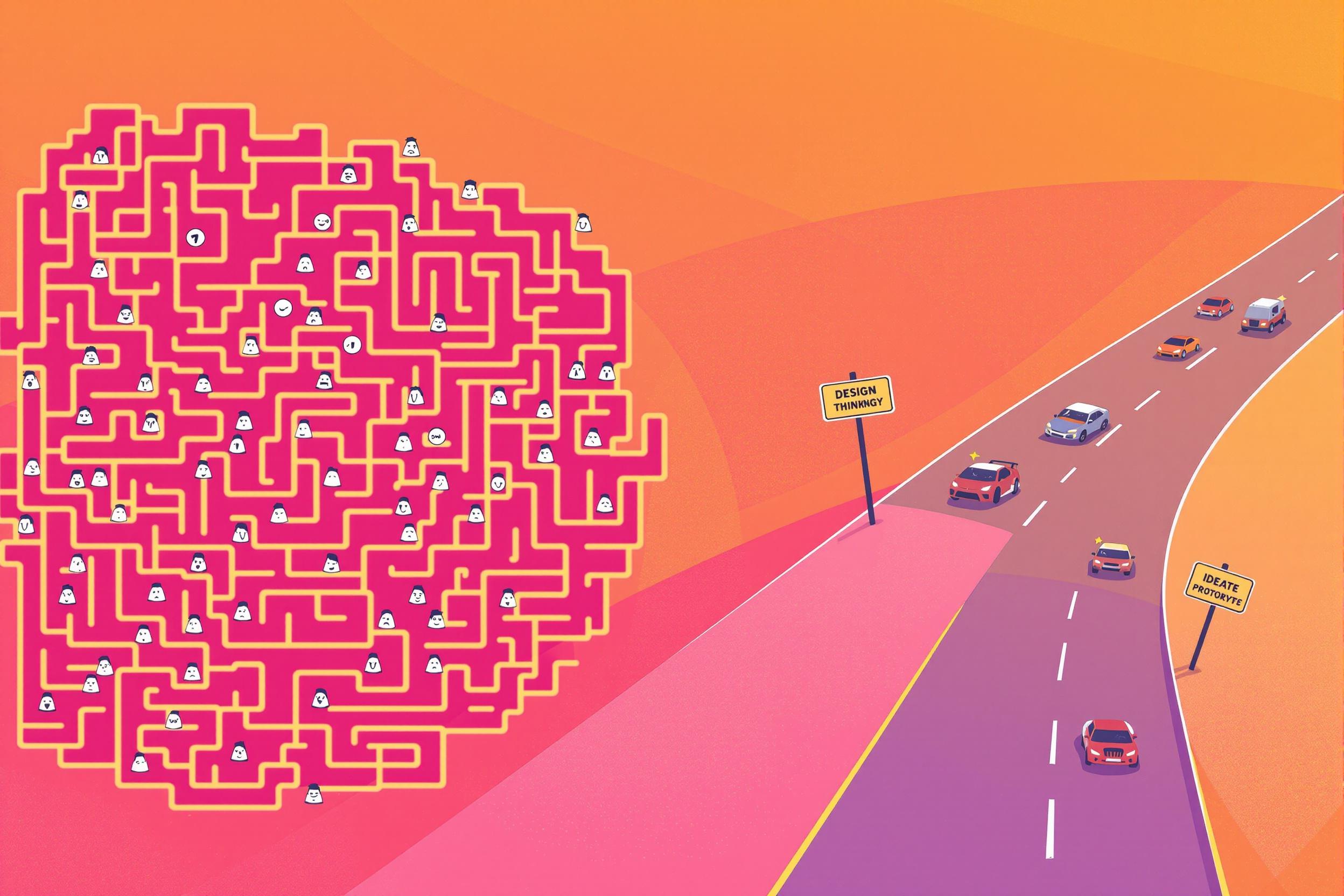
Survey Design
Survey Design is the process of creating effective questionnaires and research tools to gather information from specific groups of people. It's like creating a blueprint for collecting valuable feedback and data. Market researchers use Survey Design to help companies understand their customers, test new ideas, or measure satisfaction. This involves choosing the right types of questions, arranging them in a logical order, and making sure the survey is easy to understand and complete. Similar terms you might see include "Questionnaire Development," "Research Design," or "Survey Methodology."
Examples in Resumes
Created and implemented Survey Design strategies for Fortune 500 client research projects
Led Survey Design and analysis for customer satisfaction studies reaching 10,000+ respondents
Improved response rates by 40% through innovative Survey Design techniques
Developed Questionnaire Design methods for international market research campaigns
Typical job title: "Survey Designers"
Also try searching for:
Where to Find Survey Designers
Professional Associations
Online Communities
Example Interview Questions
Senior Level Questions
Q: How would you approach designing a global survey that needs to be conducted across multiple countries with different cultures?
Expected Answer: A senior professional should discuss cultural adaptation, translation considerations, accounting for local customs, and maintaining data consistency across different regions while ensuring the survey remains effective for each market.
Q: Tell me about a time when you had to revise a survey design due to poor initial results. What did you learn?
Expected Answer: Should demonstrate problem-solving abilities, explain how they identified issues, implemented changes, and improved response rates or data quality through better design.
Mid Level Questions
Q: What methods do you use to prevent survey bias?
Expected Answer: Should explain concepts like proper question ordering, neutral wording, balanced response options, and techniques to prevent leading questions.
Q: How do you determine the appropriate length for a survey?
Expected Answer: Should discuss balancing research needs with respondent engagement, completion rates, and quality of responses based on survey duration.
Junior Level Questions
Q: What are the different types of survey questions you can use?
Expected Answer: Should be able to describe basic question types like multiple choice, rating scales, open-ended questions, and when to use each type.
Q: How do you ensure survey questions are clear and easy to understand?
Expected Answer: Should discuss using simple language, avoiding technical terms, keeping questions focused on one topic, and testing questions with sample groups.
Experience Level Indicators
Junior (0-2 years)
- Basic questionnaire creation
- Understanding different question types
- Simple data collection methods
- Basic survey tools usage
Mid (2-5 years)
- Advanced question development
- Survey flow optimization
- Response rate improvement techniques
- Quality control methods
Senior (5+ years)
- Complex research design
- International survey adaptation
- Strategic research planning
- Team leadership and training
Red Flags to Watch For
- No experience with major survey platforms or tools
- Lack of understanding about sampling methods
- Poor knowledge of data quality measures
- No experience with response rate optimization
- Unfamiliarity with research ethics and privacy regulations
Related Terms
Need more hiring wisdom? Check these out...

Rewiring Your Interview Templates for Better Candidate Experience

Why Your Hiring Process is a Maze (And How Design Thinking Can Turn It into a Superhighway)

Who’s Really Running Your Interviews? How to Reduce Bias in Remote Hiring

